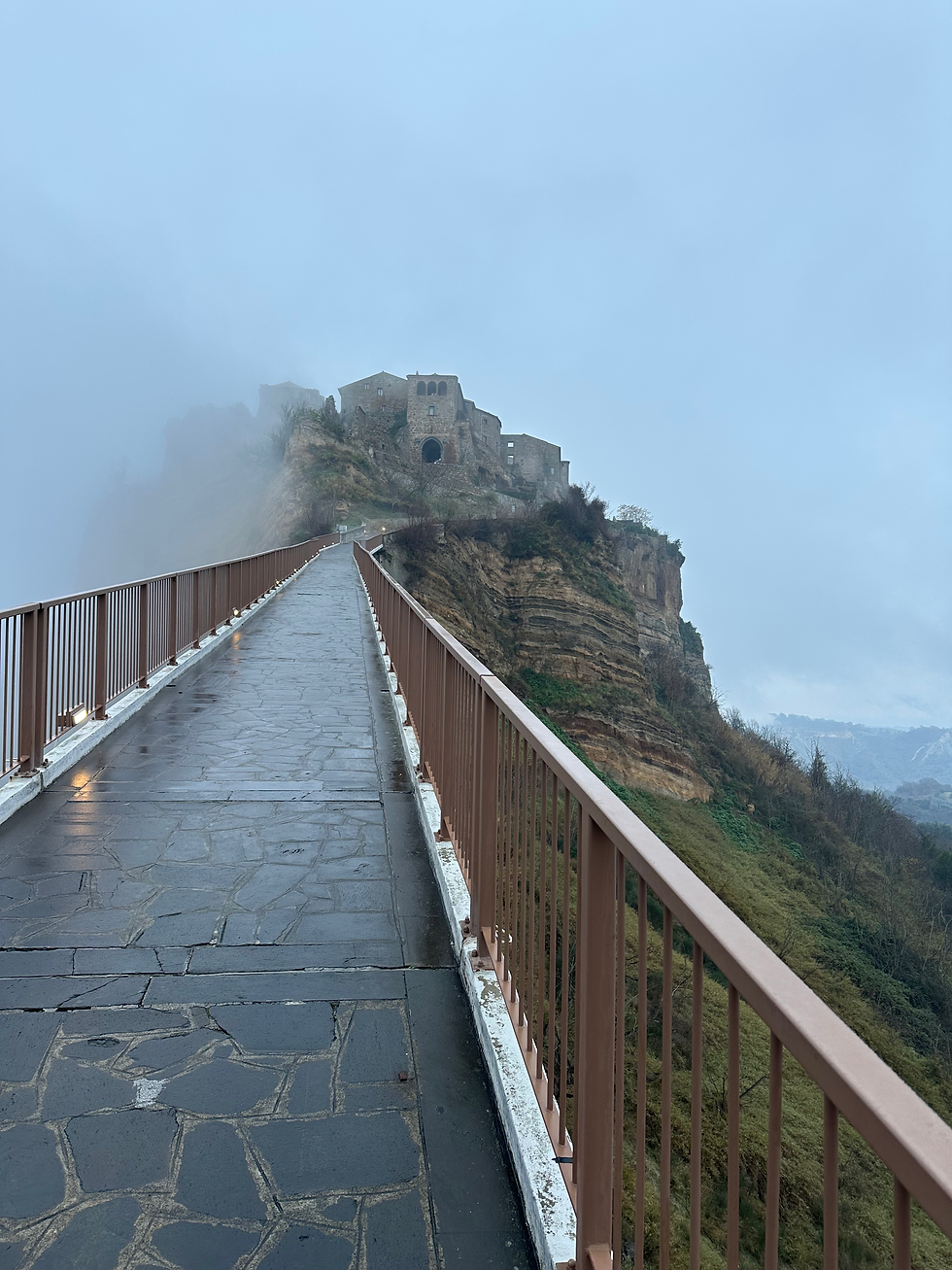Where all time collides (Rome, Italy 1/31/25)
- Jack Taliaferro
- Mar 6
- 2 min read
To me the most interesting thing about Rome is the way that the collection of time is creating a capsule transporting us back to many different periods yet is being consumed as a whole and not exactly the linear story that it once was. Time is creating a whole as well as the separation of what was going on in the past. For example, I felt as if when entering the space of the Flavian Ampitheater it was not that but the Colosseum. It felt like this because the component of time was not there, we weren't actually able to experience the games, the screams of the crowd, or the crudity they put the slaves and animals through. The picture was incomplete we were missing what made the Flavian Ampitheatre the Flavian Ampitheatre.
Another thing that caught my attention was the fact that it was the only Roman city not laid out on a square grid. This begs the question of why and also the question of why it is the most famous. Was the task of replicating this city too daunting for them? Even thought there was no inherent grid I still felt there was a sense of control in it all. The piazzas and the narrow streets complemented each other allowing for you to be compressed down into tight spaces to them be released into a grand open space making it feel bigger that it is.
In order to fully understand Rome, you would need to spend an eternity there soaking it in as much time as it took to build. With that being said I was able to take away some very important principles. One, that the beauty of this city is truly built on time giving you an idea of centuries before with just a glance and the second point being that the parts of the city are not what is important. It is all about the collective.






Comments